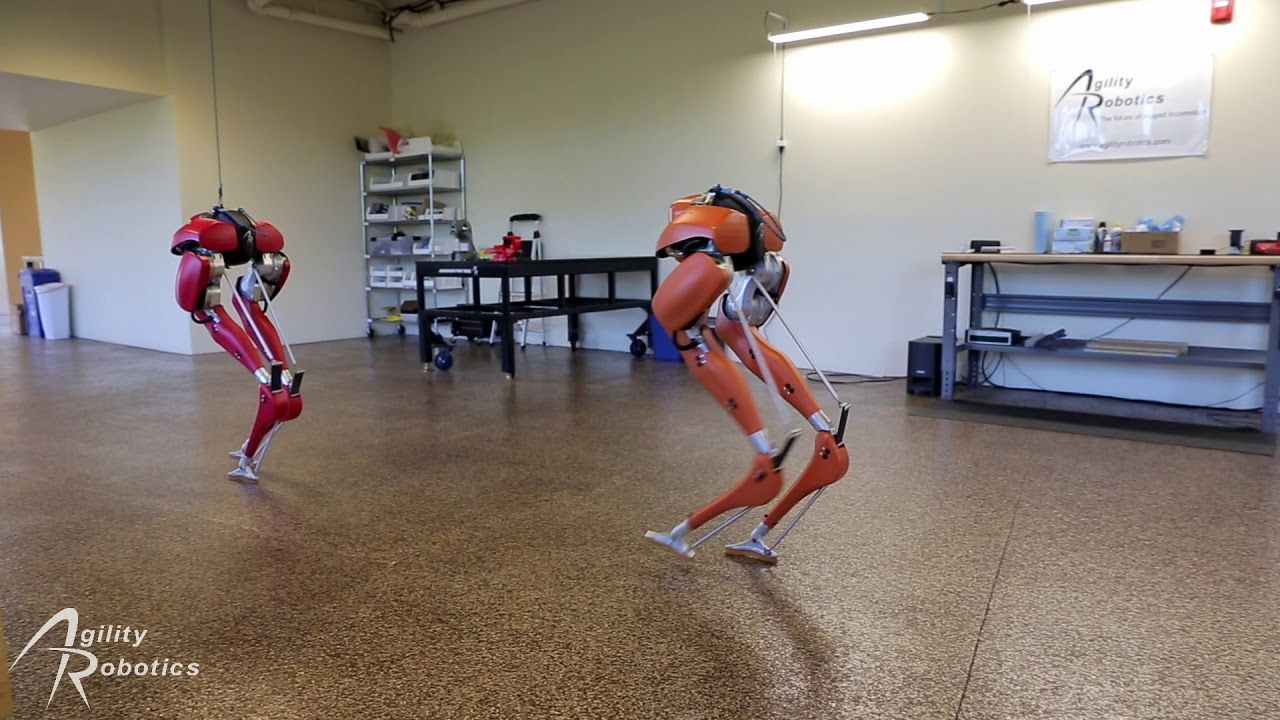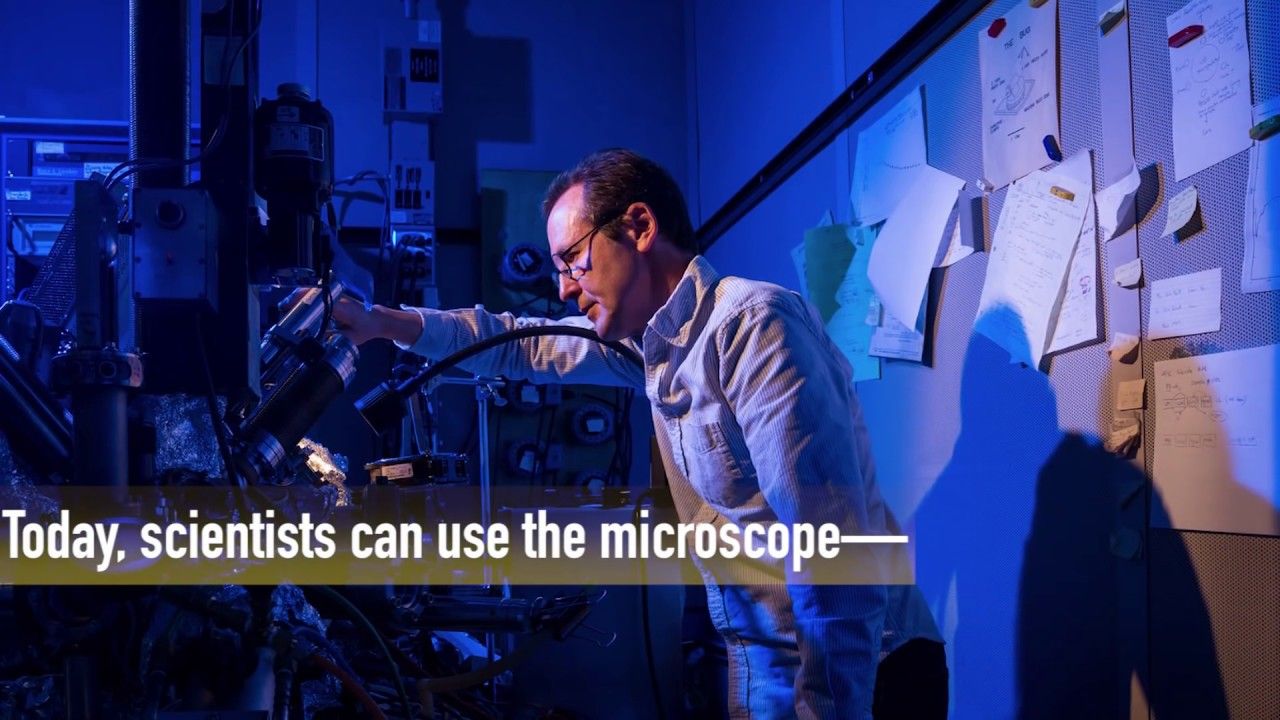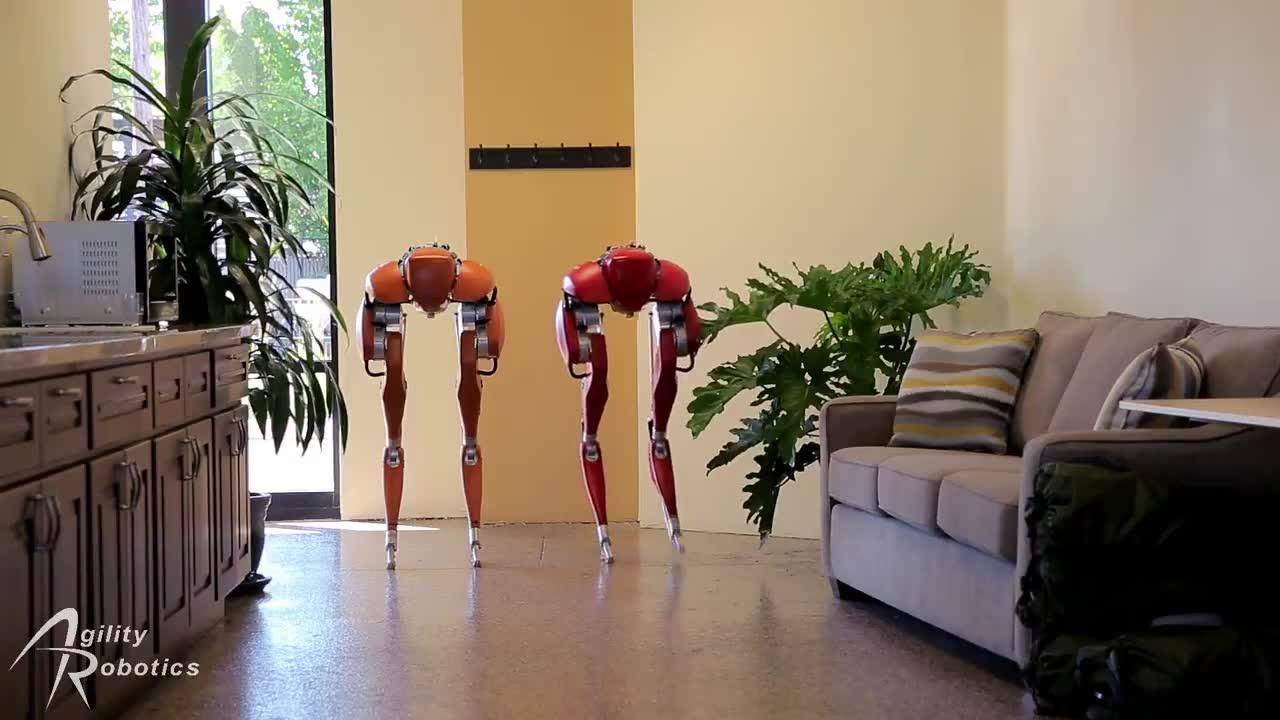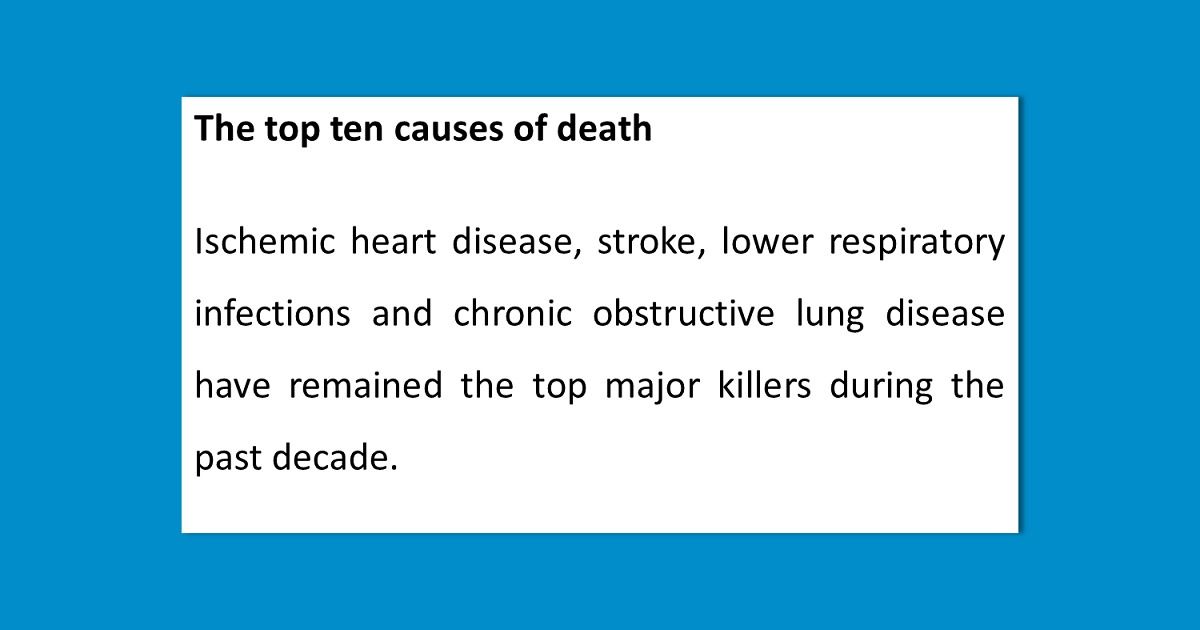Page 10156
Of the 56.4 million deaths worldwide in 2015, more than half (54%) were due to the top 10 causes. Ischaemic heart disease and stroke are the world’s biggest killers, accounting for a combined 15 million deaths in 2015. These diseases have remained the leading causes of death globally in the last 15 years.
In 2012, an estimated 56 million people died worldwide. Discover what have remained the top major killers during the past decade.
Sep 8, 2017
Extended human space travel through biolation
Posted by Klaus Baldauf in categories: futurism, space travel
Deep space travel is circumscribed by an interactive conflict. For those that may want to make extended space journeys, the distances are remarkably great, and our spaceships are slow. These combine to make the trip times exceedingly long. When one attempts considering interstellar transit, you quickly realize that a normal human life span prevents an adult from ever even returning to Earth. Yet even for missions to nearby Mars travel times are projected to take about eight months one-way.
We cannot do anything about the physical distances, nor can we expect much more performance out of current chemical rockets for projected near-term transports within the solar system. While there are projected improvements in velocity in the future through introduction of fission propulsion, fusion-drive rockets, or other exotic space transport engines, space travel will continue to require long transit times. Even if one is able to exploit velocity-enhancing tricks like gravity-assist planetary flybys, deep space trips to, say, mineral-rich asteroids in the main belt will still be measured in years.
So, for transporting people around our solar system, the fundamental question has and continues to be whether anything practical can be done about adjusting the impacts for the humans on board. More precisely, are there practical near-term methods to improve space transport human system design factors that could allow us to create more cost-efficient spaceships and improve the safety to passengers and crew during these long voyages?
Sep 8, 2017
China Is Using America’s Own Plan to Dominate the Future of Artificial Intelligence
Posted by Dan Kummer in categories: futurism, robotics/AI
The Chinese are massively investing in AI research and tech, while the Trump administration is cutting federal programs wholesale.
Sep 8, 2017
Video Friday: Agility Robotics, Pancake Robots, and Metallica’s Drone Show
Posted by Klaus Baldauf in categories: drones, robotics/AI

Video Friday is your weekly selection of awesome robotics videos, collected by your Automaton bloggers. We’ll also be posting a weekly calendar of upcoming robotics events for the next two months; here’s what we have so far (send us your events!):
Sep 8, 2017
High-speed quantum memory for photons
Posted by Saúl Morales Rodriguéz in categories: computing, internet, particle physics, quantum physics
Physicists from the University of Basel have developed a memory that can store photons. These quantum particles travel at the speed of light and are thus suitable for high-speed data transfer. The researchers were able to store them in an atomic vapor and read them out again later without altering their quantum mechanical properties too much. This memory technology is simple and fast and it could find application in a future quantum Internet. The journal Physical Review Letters has published the results.
Even today, fast data transfer in telecommunication networks employs short light pulses. Ultra broadband technology uses optical fiber links through which information can be transferred at the speed of light. At the receiver’s end, the transmitted information has to be stored quickly and without errors so that it can be processed further electronically on computers. To avoid transmission errors, each bit of information is encoded in relatively strong light pulses that each contain at least several hundreds of photons.
For several years, researchers all over the world have been working on operating such networks with single photons. Encoding one bit per photon is not only very efficient, but it also allows for a radically new form of information processing based on the laws of quantum physics. These laws allow a single photon to encode not only the states 0 or 1 of a classic bit, but also to encode a superposition of both states at the same time. Such quantum bits are the basis for quantum information processing that could make unconditionally secure communication and super fast quantum computers possible in the future. The ability to store and retrieve single photons from a quantum memory is a key element for these technologies, which is intensively investigated.
Sep 8, 2017
How to Store Data on Magnets the Size of a Single Atom
Posted by John Gallagher in categories: computing, particle physics

Research and development is focused on developing new means of data storage that are more dense and so can store greater amounts of data, and do so in a more energy efficient way. Sometimes this involves updating established techniques: recently IBM announced a new magnetic tape technology that can store 25 gigabytes per square inch, a new world record for the 60-year-old technology. While current magnetic or solid-state consumer hard drives are more dense at around 200 gigabytes per square inch, magnetic tapes are still frequently used for data back-up.
However, the cutting edge of data storage research is working at the level of individual atoms and molecules, representing the ultimate limit of technological miniaturization.
Continue reading “How to Store Data on Magnets the Size of a Single Atom” »
Sep 8, 2017
Undoing Aging Rejuvenation Biotechnology Conference Announced
Posted by Steve Hill in categories: biotech/medical, life extension
We are delighted to hear that the SENS Research Foundation and the Forever Healthy Foundation have joined forces to host an exciting conference about rejuvenation biotechnology on March 15–17, 2018 at the Umspannwerk Alexanderplatz in Berlin, Germany.
The particularly good news is that this conference will be open to the wider community interested in this field and not just academia. We believe this is a fantastic move, as it allows more people to engage with the science and to learn firsthand from the researchers working on the front line. We very much support the idea that we are all in this together and thus are very pleased to see that the event is open to the entire community.
The event will be a fantastic opportunity to network as well as learn about the latest exciting innovations and progress in the field. The strength of our community relies on our ability to network effectively and engage with the wider public audience as well as attract the support of investors and philanthropists.
Sep 8, 2017
Hurricane Irma Is Going to Slam Straight Into South Florida, Models Now Agree
Posted by Mark Larkento in category: climatology
All hurricane models now agree, hurricane irma is going to slam straight into south florida.
Miami south beach to get 10 feet of sea surge.
If you’ve ever lived in South Florida during hurricane season, chances are you’ve learned to read the various storm projection models like a fortuneteller scanning tarot cards. “I’m sorry, but the European model shows a far stronger eastern trend than the GFS,” you’ve probably said in a serious tone at…
Continue reading “Hurricane Irma Is Going to Slam Straight Into South Florida, Models Now Agree” »
















